A ligand-receptor interactome platform for discovery of pain mechanisms and therapeutic targets
Chronic pain impairs quality of life, is challenging to treat, and accompanies various diseases. Wangzhou et al. integrated bulk and single-cell RNA sequencing of ligand and receptor gene expression in the dorsal root ganglion (DRG) and various peripheral cell types from humans and mice. Computational analysis of these data enabled the construction of a connectome of potential and cell type–specific interaction points between sensory nerves and innervated tissues. With validation in a mouse model of mechanical pain, their findings suggest that blocking heparin-binding epidermal growth factor (HBEGF) signaling may be a common and effective way to alleviate chronic pain in arthritis, colitis, and pancreatic cancer. The resource and the approach, in general, may be used to predict mechanisms of cell-cell communication between various tissues and cell types. In the peripheral nervous system, ligand-receptor interactions between cells and neurons shape sensory experience, including pain. We set out to identify the potential interactions between sensory neurons and peripheral cell types implicated in disease-associated pain. Using mouse and human RNA sequencing datasets and computational analysis, we created interactome maps between dorsal root ganglion (DRG) sensory neurons and an array of normal cell types, as well as colitis-associated glial cells, rheumatoid arthritis–associated synovial macrophages, and pancreatic tumor tissue. These maps revealed a common correlation between the abundance of heparin-binding EGF-like growth factor (HBEGF) in peripheral cells with that of its receptor EGFR (a member of the ErbB family of receptors) in DRG neurons. Subsequently, we confirmed that increased abundance of HBEGF enhanced nociception in mice, likely acting on DRG neurons through ErbB family receptors. Collectively, these interactomes highlight ligand-receptor interactions that may lead to treatments for disease-associated pain and, furthermore, reflect the complexity of cell-to-neuron signaling in chronic pain states.












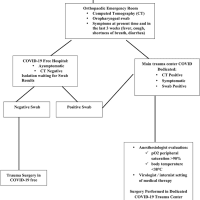
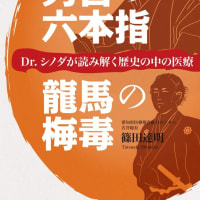

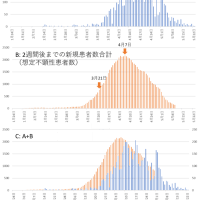
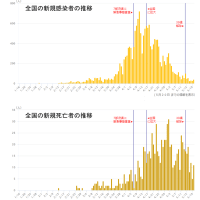
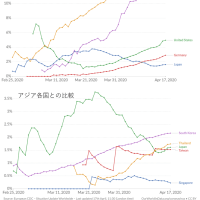
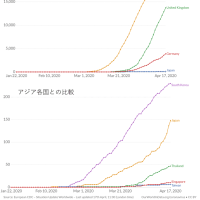
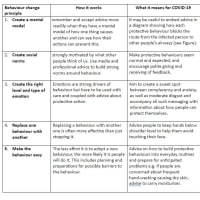
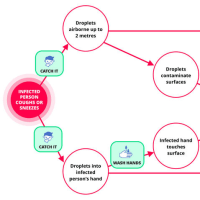
※コメント投稿者のブログIDはブログ作成者のみに通知されます